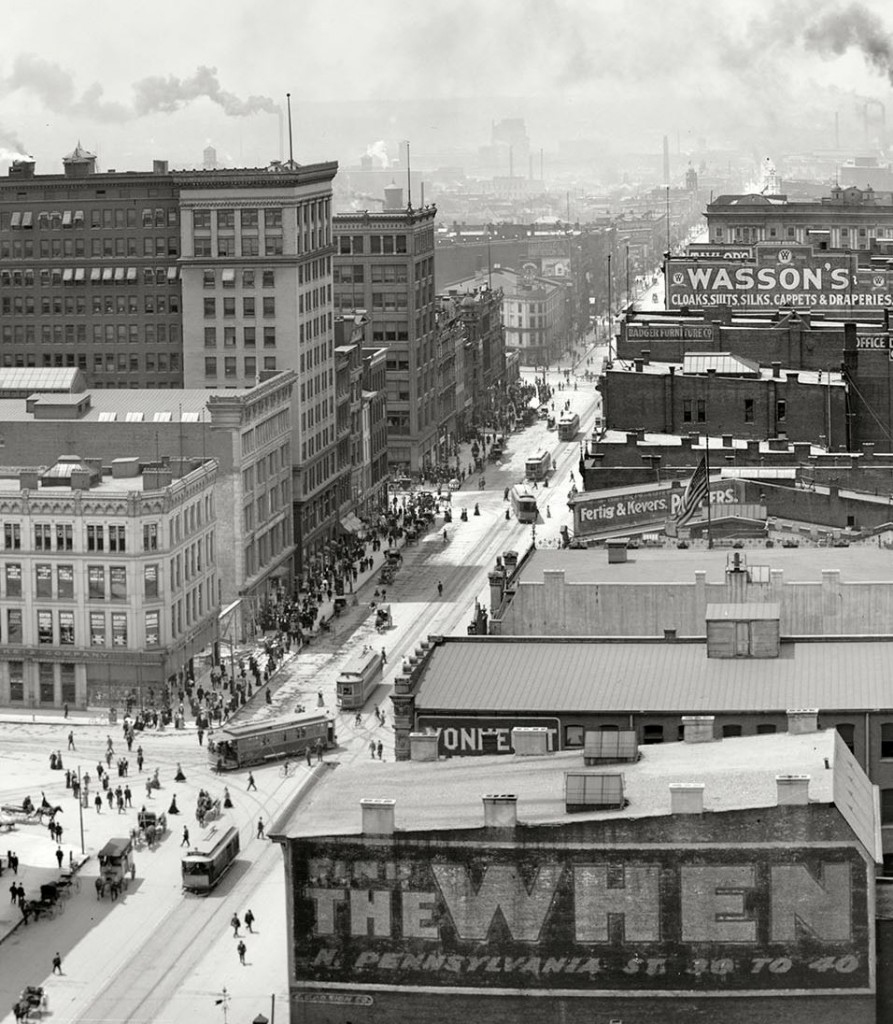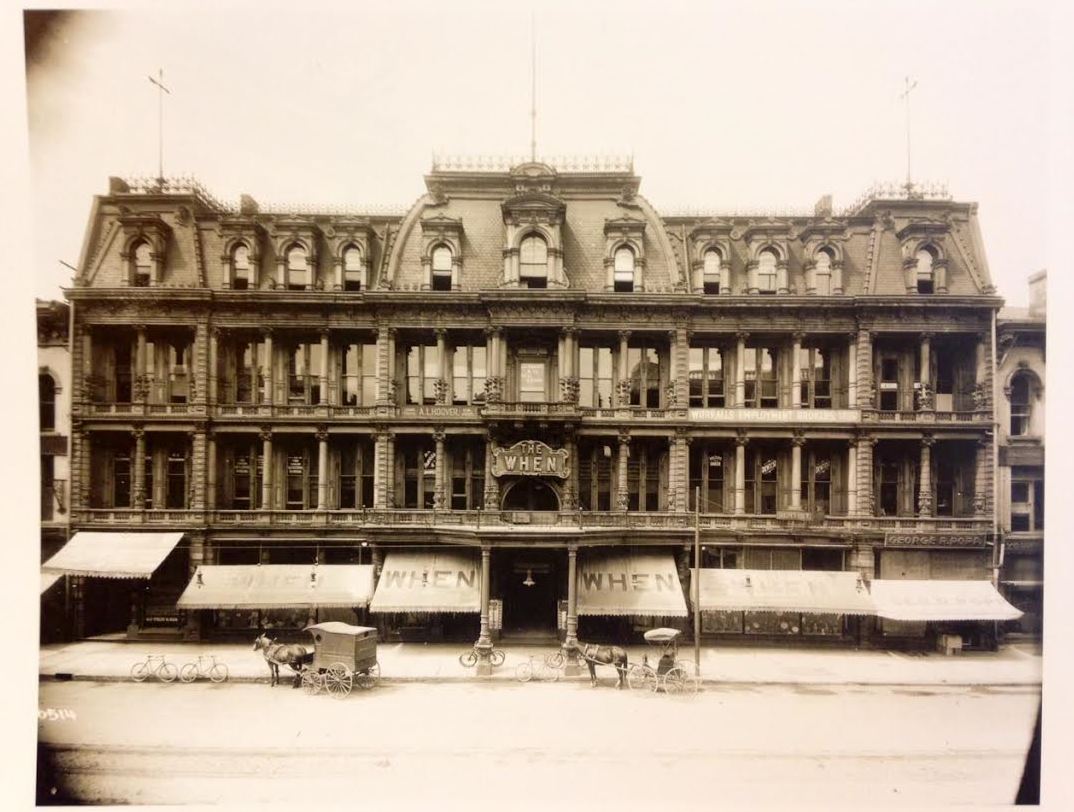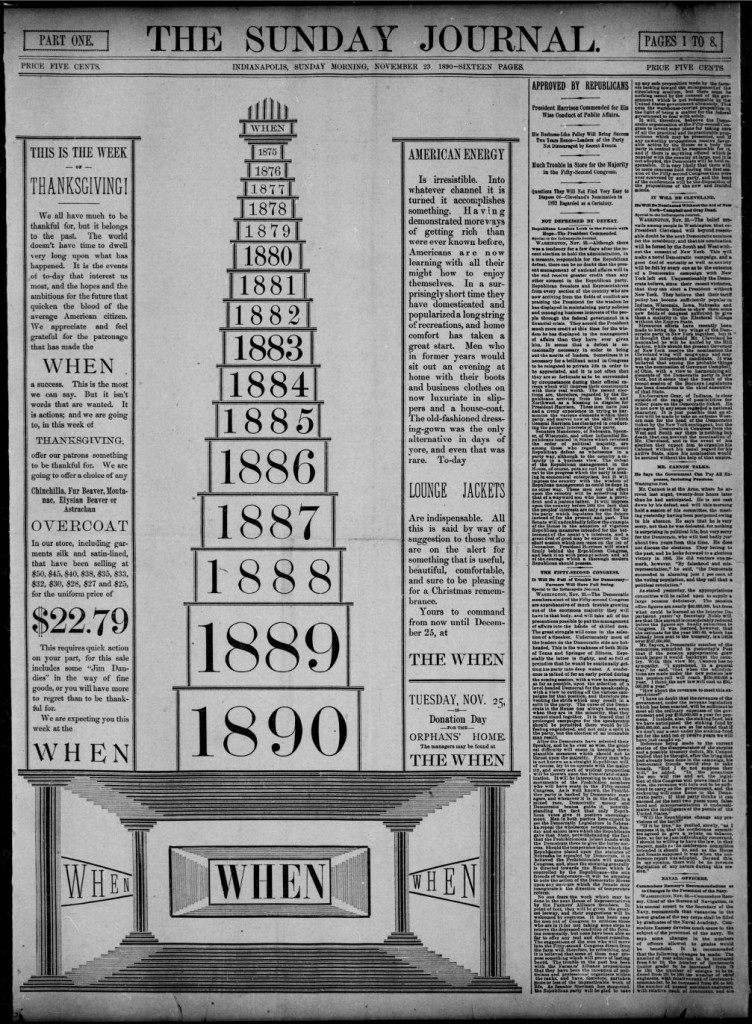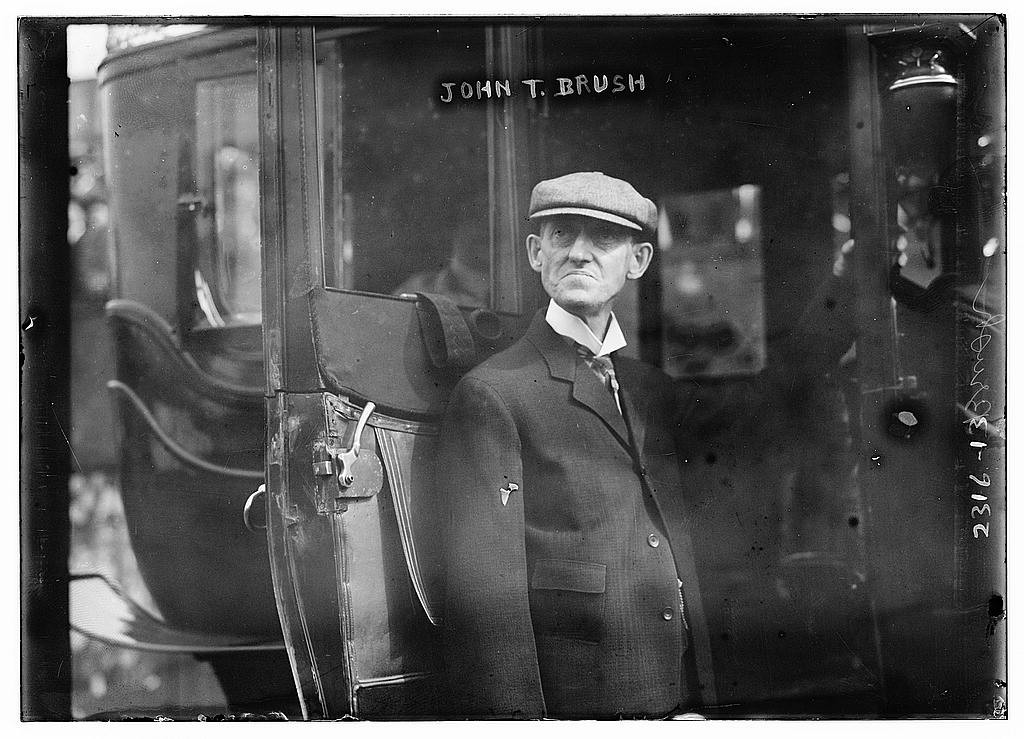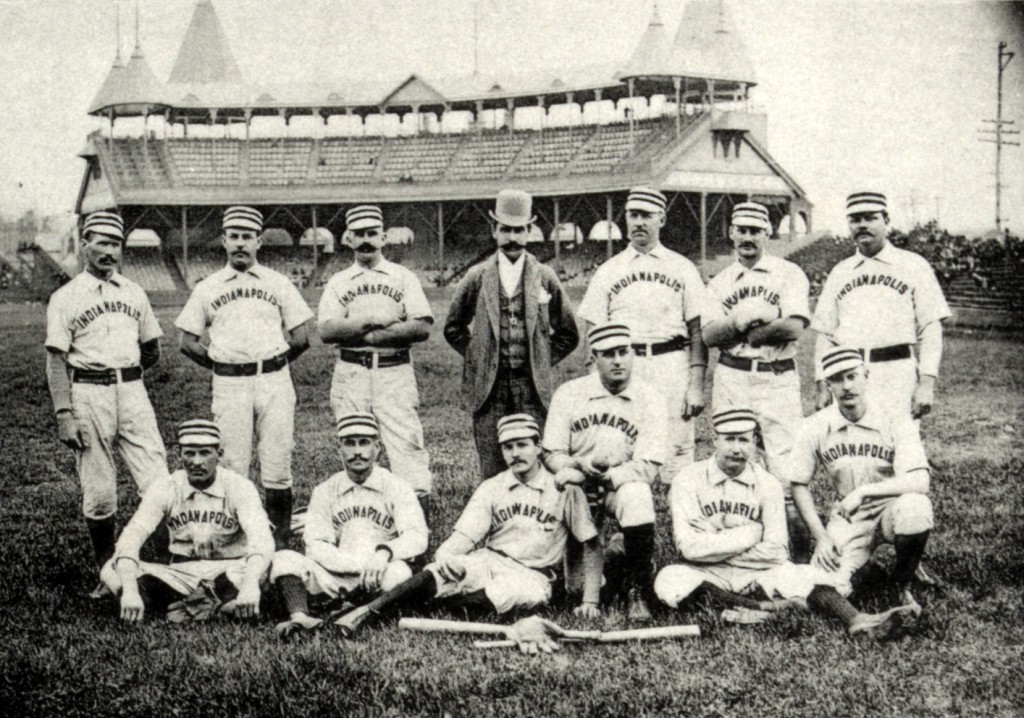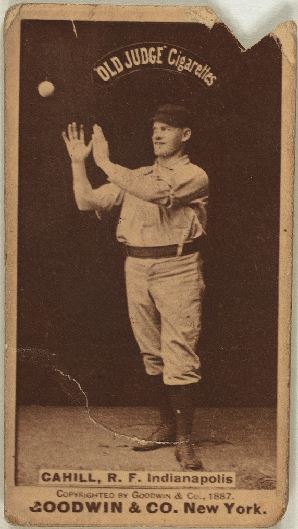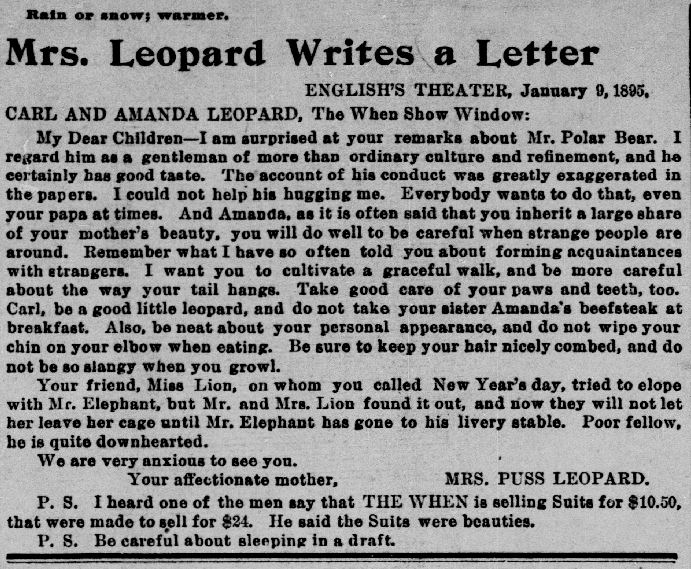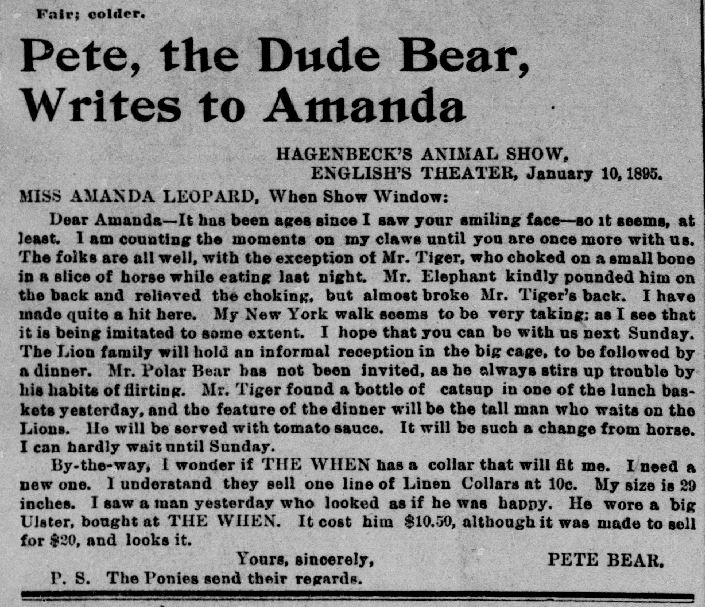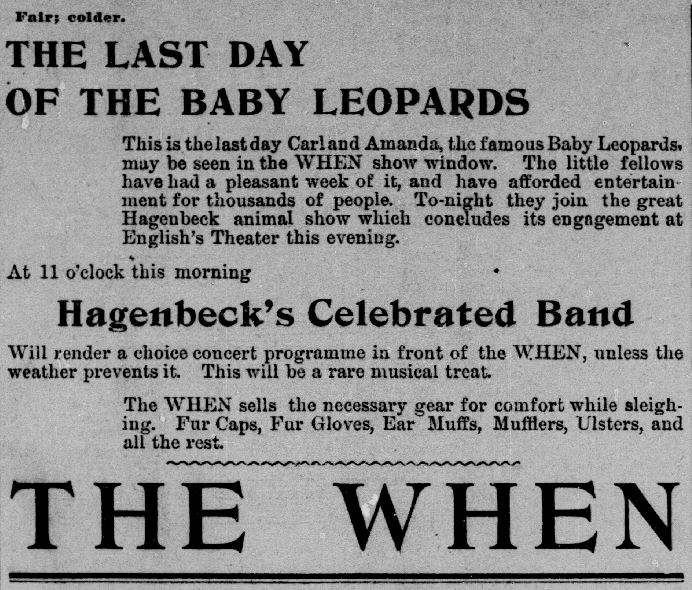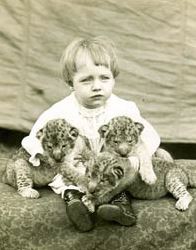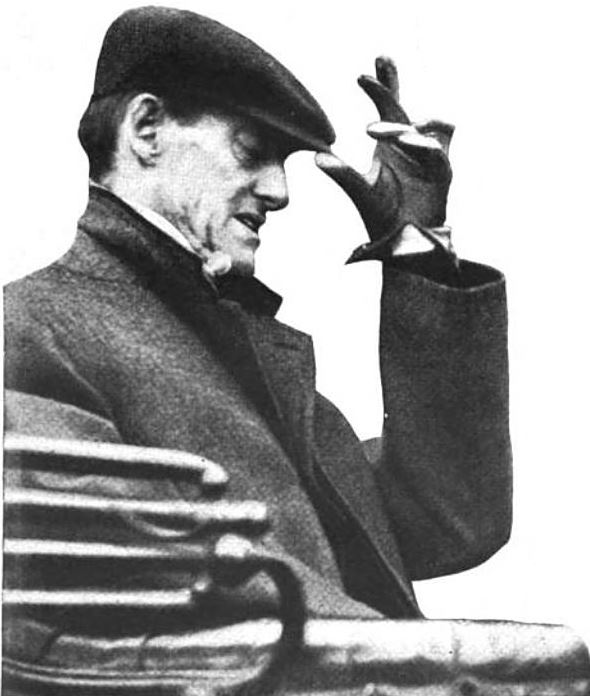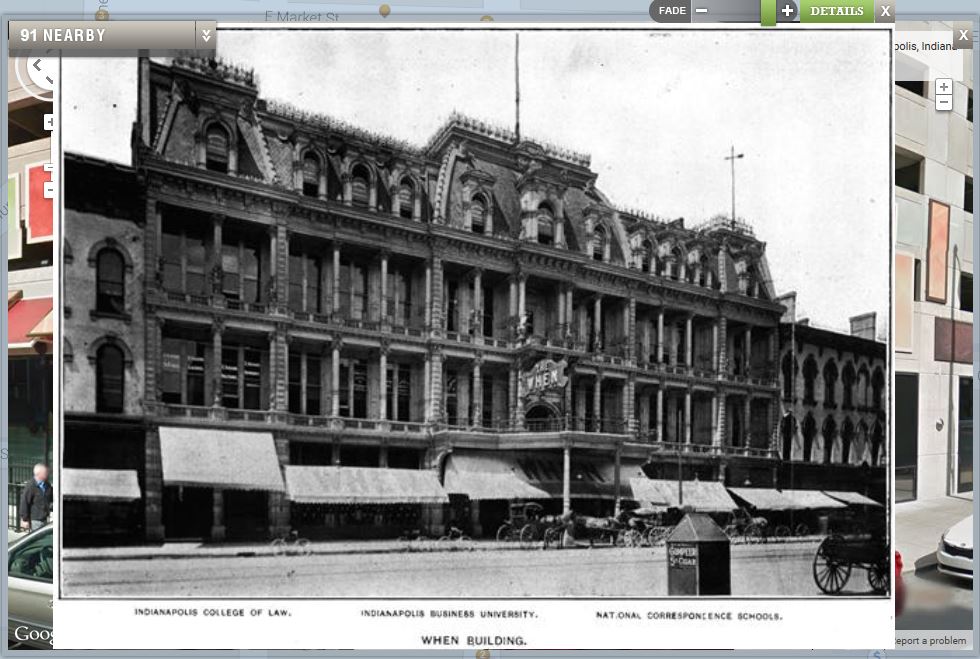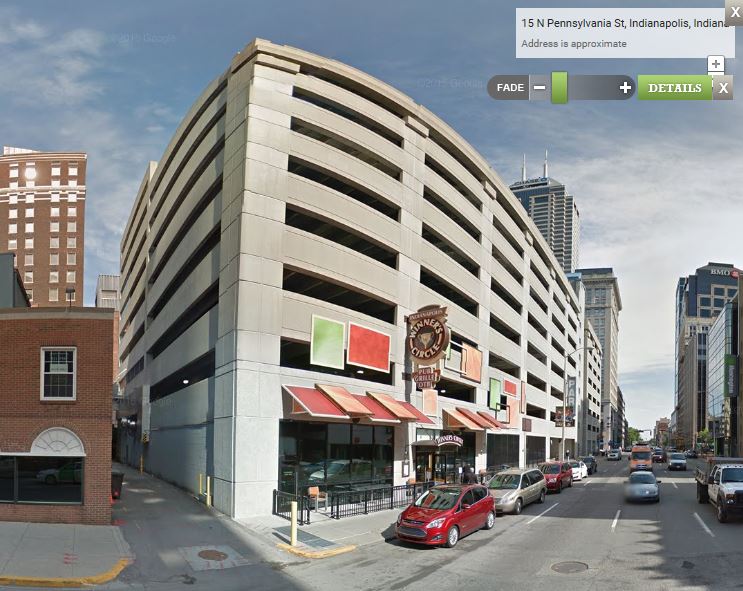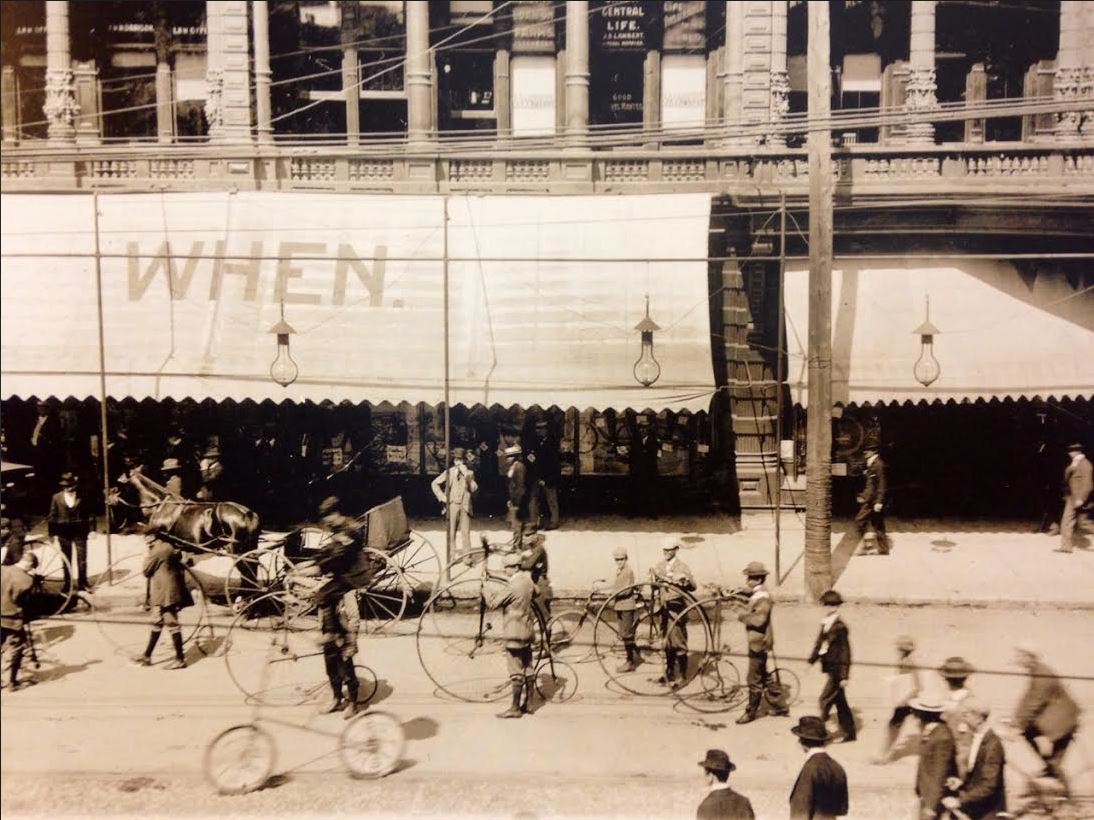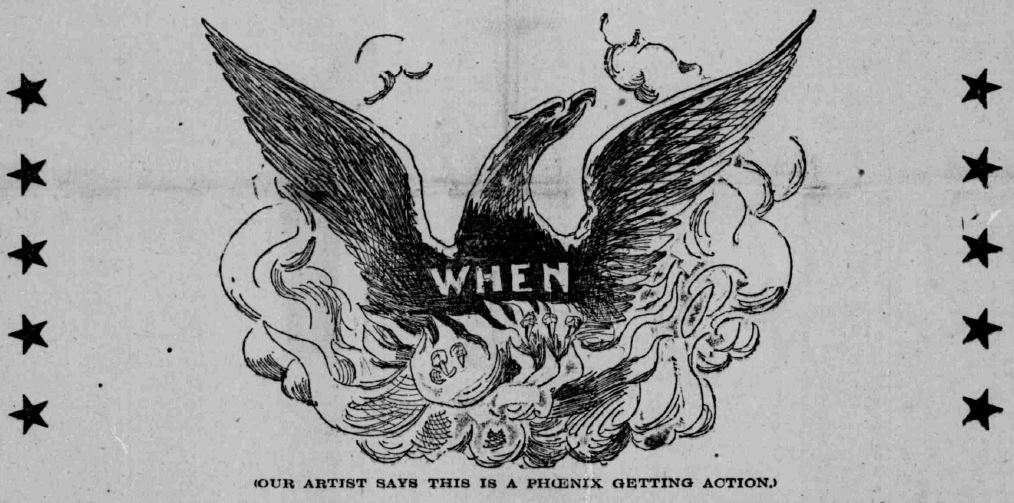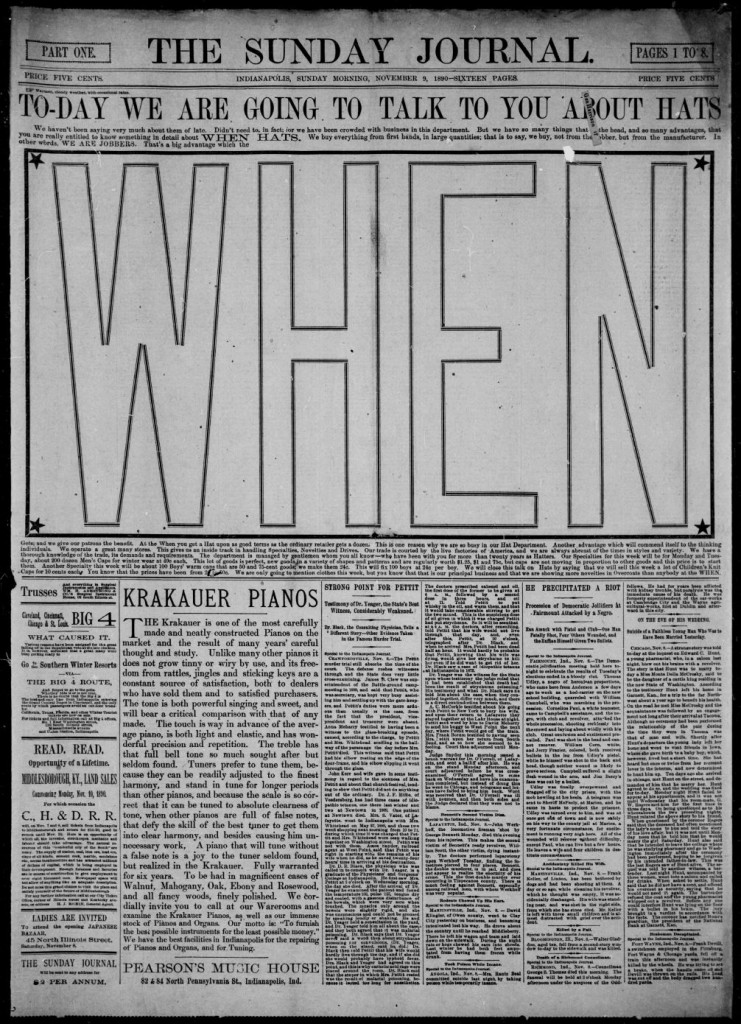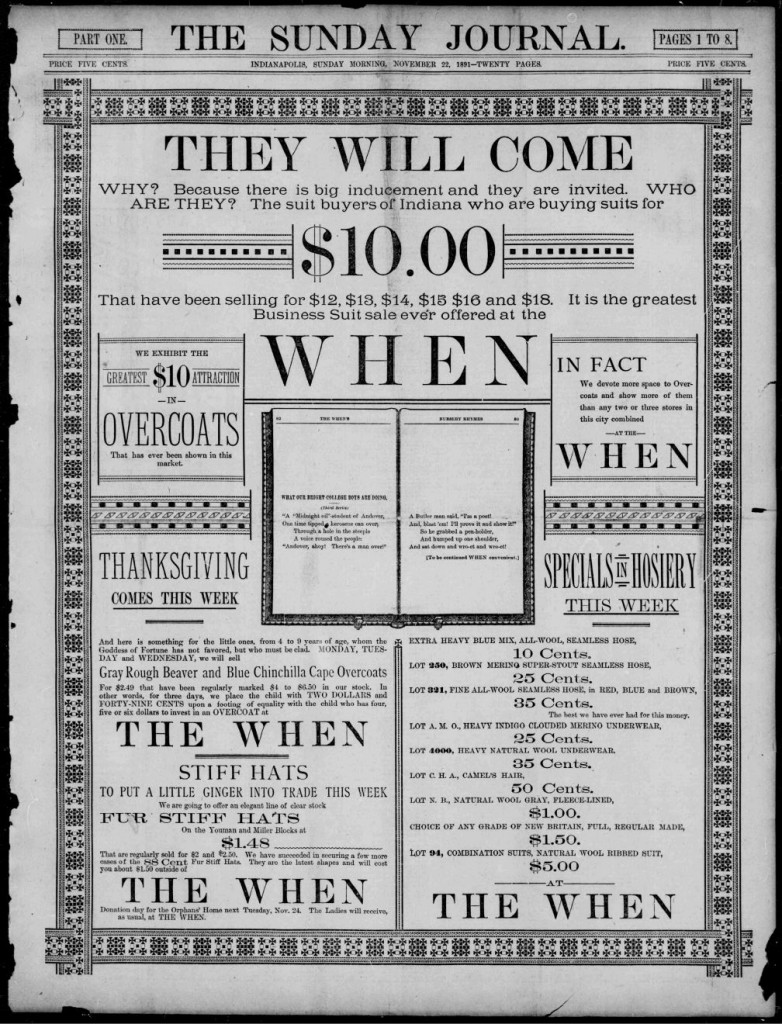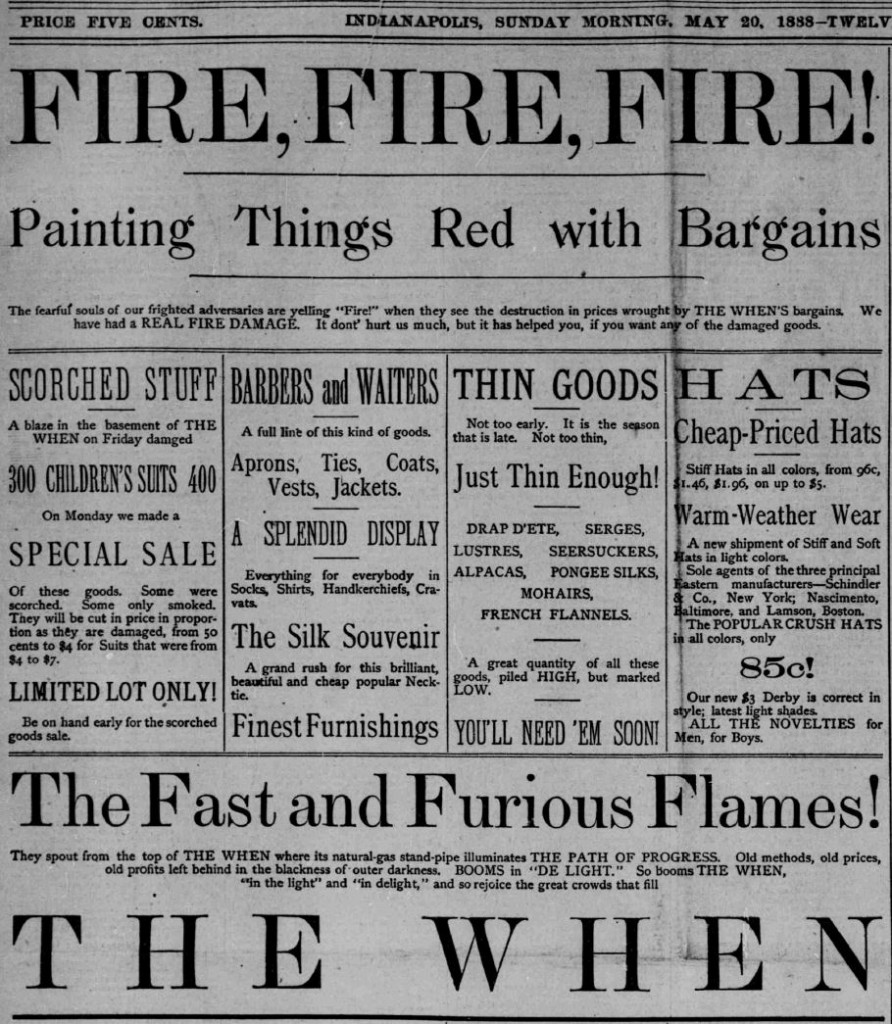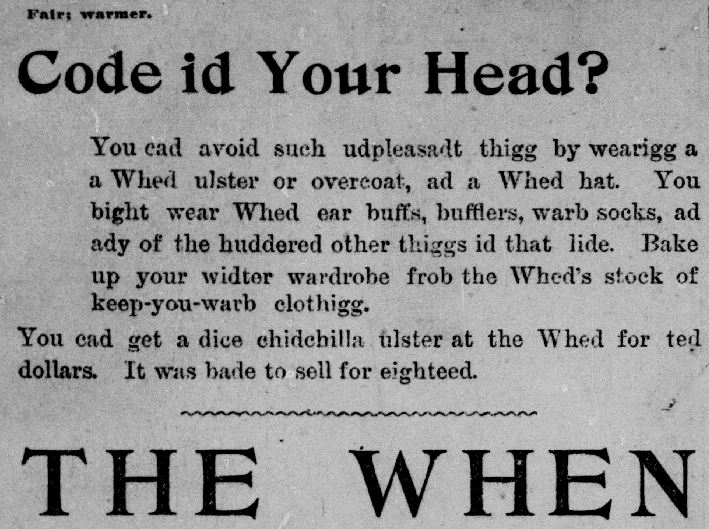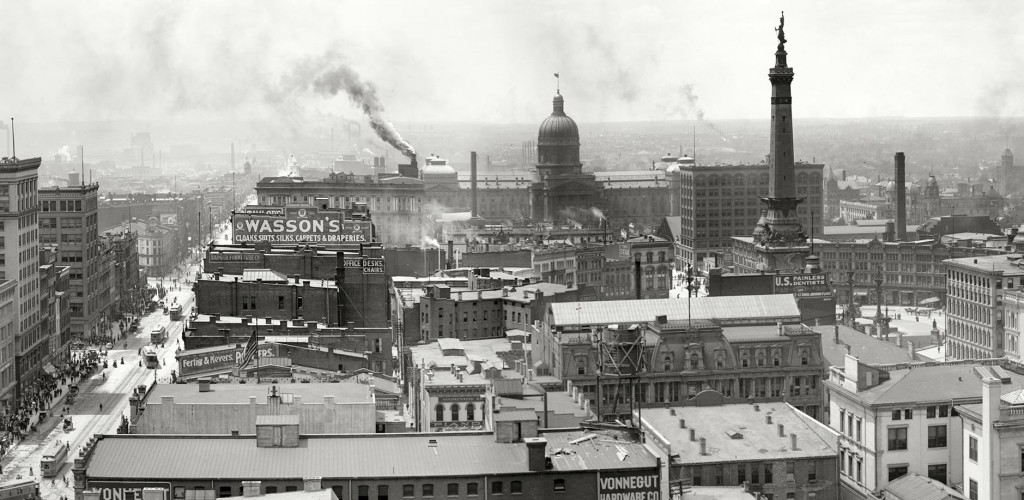A century ago, American journalism was buzzing with news of the First World War, which the United States had still not entered. Though jingoistic newspapermen and politicians of different stripes eventually swayed public opinion toward support for the “war against Kaiser Bill,” in 1915 sending American soldiers to Europe was still controversial.
Across the country, but especially in states with a large number of German-American voters, there was opposition to entering the war. Isolationists and Socialists were of a similar mind, though often for different reasons. Wisconsin’s Progressive U.S. Senator Robert LaFollette spoke out passionately against U.S. involvement, earning the ire of ex-President Theodore Roosevelt, who delivered a speech in Racine, Wisconsin, in 1917 where he called the senator a “shadow Hun” — the pejorative nickname for German soldiers. Roosevelt toured the Upper Midwest to lash out at U.S. Representative Ernest Lundeen of Minnesota and North Dakota’s Senator Asle Gronna, both of whom later cast their votes against making a declaration of war. (Lundeen was later accused of being a Nazi sympathizer and investigated by the FBI.)
Indiana’s own native son, Socialist presidential candidate and labor leader Eugene V. Debs, also spoke out against what he saw as America’s own involvement in militarism. In 1918, on charges of sedition, President Wilson imprisoned Debs for his vocal opposition to the military draft during a speech in Canton, Ohio.
(If you’re a Newspapers.com subscriber, one of the more fascinating and hilarious journals from the World War I era is The Fool-Killer, a satirical “newspaper” published in the Brushy Mountains of Wilkes County, North Carolina, by James Larkin Pearson. Pearson later became the Tar Heel State’s Poet Laureate.)

Hoosier history is full of strange ironies. One of them is this: early on the morning of October 23, 1917, in the Luneville sector of eastern France, the reportedly first American soldier to fire an artillery shot against the “Huns” was a 24-year-old sergeant from South Bend, Alexander Arch, a Hungarian.
Honored in newspapers in 1917 and again in 1919, after he returned from Europe and appeared in a parade with General Pershing, Arch was an emigrant from Sopron, on Hungary’s western border with Austria. When he was born in 1894, his birth village was part of the Austro-Hungarian Empire, which as an American soldier he was now at war with.
Arch’s parents emigrated to the U.S. in 1899, their children following in 1903, when Alexander was eight. (They may have Anglicized their names. His father appears on the 1910 U.S. census as “Steve Arch,” probably István in Hungarian. Arch might have been spelled “Arcs” or “Arcz”.) Steve Arch worked as a clerk at George Toth’s bookstore in South Bend. Alexander’s mother, Theresa, died in 1910.


In 1910, when he was 16 years old, Alexander Arch was employed at the Oliver Chilled Plough Works, one of South Bend’s major industries. After Our Lady of Hungary Catholic Church was founded in 1916, the family were parishioners there. Before heading to Europe, Arch was briefly stationed on the Mexican border during General John Pershing’s expedition against Pancho Villa.
A 1919 News-Times article on South Bend’s efforts to get the cannon that fired the first American artillery shell in World War I included this clip from Stars and Stripes, the official publication of the U.S. Expeditionary Force:
The first American artillery shot of the war was fired at five minutes after 6 o’clock the morning of Oct. 23, 1917, from a position about 400 meters east of Bathlemont, in the Luneville sector.
A French 75, dragged by the hands of American artillerymen over 800 meters of rough roads on a pitch black night, roared America’s artillery prelude at daybreak. A heavy fog flashed into flame, a shrapnel shell coursed over the woods and valleys of Meurthe-et-Moselle, crossed a boundary line and fell somewhere in Lorraine.
Battery C of the sixth field artillery is so positive that this shell was America’s first shot that it has just prepared a sworn statement signed by an officer and four enlisted men who were in on the event, telling all the circumstances leading up to it. The statement reveals, incidentally, that the original shell casing is now in Chicago, and that 18 other casings of that first morning’s firing were distributed among Pres’t Wilson, Gen. Pershing, Gen. Sibert, then commanding the first division, and others.
The gun is now at the United States Military Academy at West Point with other newly transported war trophies. Before it left France, though, it had fired 20,000 rounds in action, and none of the gun crew serving it had been wounded.
The firing of the first shot was ceremonial, according to the signed statement, each man in the gun crew performing some task. One soldier set the sights, another the elevation of the range, another the angle of site and another cut the fuse. Twenty men were gathered about the gun when the command “Fire!” was given. Because of the fog it was impossible to observe the effect of the first shot, but at 7 a.m., when the fog lifted, the firing was directed from an observation post to Haut Rioville farm in No-Man’s Land.
Sgt. Arch was chief of the gun crew, and at least one other man, Corporal Lewis Varady, a fellow Hungarian, also came from South Bend.
America’s direct involvement in World War I lasted barely a year and Arch was back in the U.S. in mid-1919. In September, “Thunderous cheers followed by loud applause greeted Sgt. Alexander Arch, South Bend’s history maker, upon his visit to the House of Representatives. . .” Arch and Varady received a three-minute standing ovation before heading on to Camp Zachary Taylor near Louisville, Kentucky, but not before receiving a triumphal welcome home in Indiana.
After the acclaimed veteran was mustered out of the army at Camp Taylor, he worked as a machinist and auto worker, probably at the Studebaker plant. Arch married Julia Rebics in 1924 and the couple had four children. He died in 1979.
During a victory parade in 1919, the Hoosier soldier was literally “profiled” in The Washington Times. The newspaper thought he had a heroic face and a good jaw line, and used his experience as an exhortation to rise and shine, since “there are a good many victories won before breakfast”:

The News-Times had some of the best illustrators in Hoosier journalism. Here are some other historic ads, cartoons, and flashy martial cries — most of it blatantly Germanophobic — published in the South Bend paper around the fateful year 1918.
Contact: staylor336 [at] gmail.com










